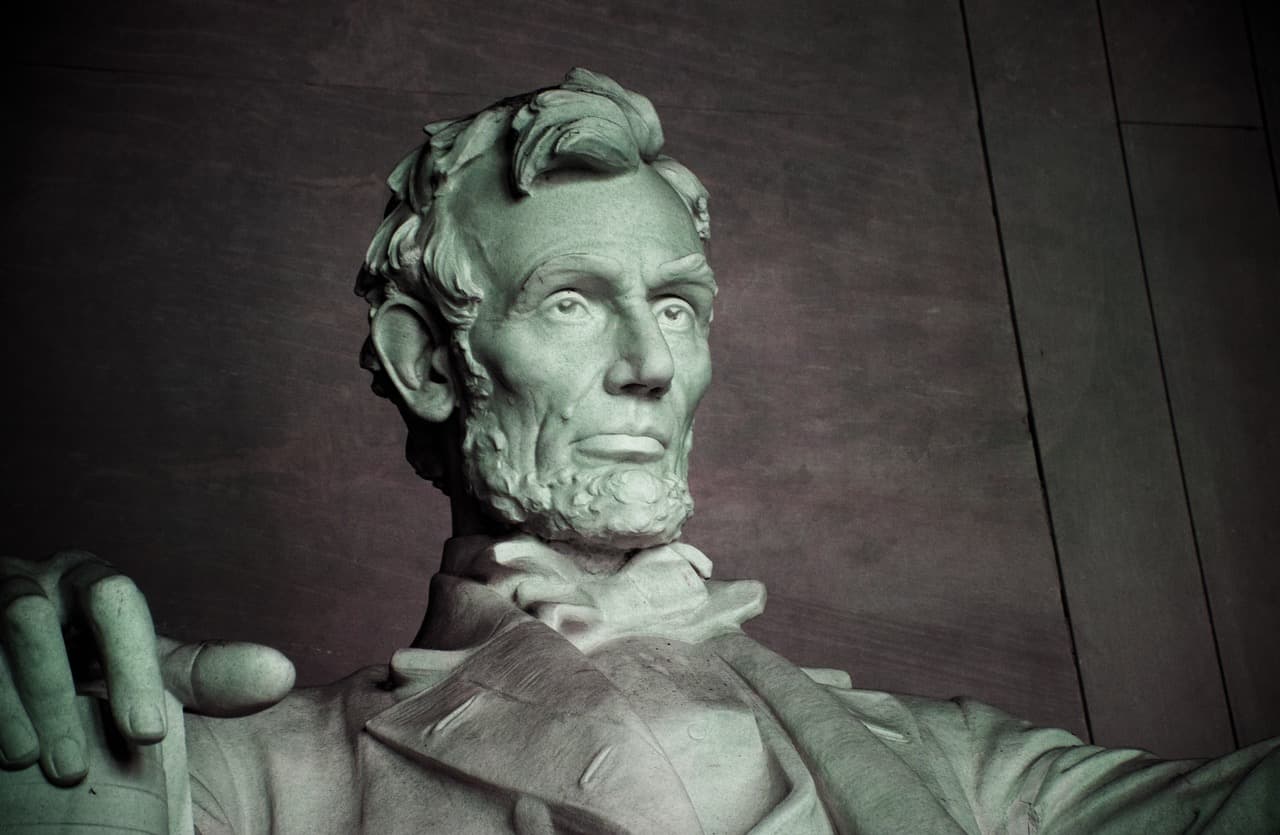
The Alamo: Where Courage Meets Impossible Odds
By Scott Moore
Published on May 15, 2024
When Leadership Means Everything
The defenders of the Alamo faced impossible odds and certain death, yet their leadership during those final days created a legacy that inspired a nation and secured Texas independence. What can modern leaders learn from those who chose duty over safety, principle over survival, and mission over self-preservation?
The Ultimate Leadership Test
The Alamo presents us with leadership stripped to its essence. When Colonel William Travis drew his famous line in the sand, he wasn't offering his men a strategic advantage or a clever way out of their predicament. He was asking them to choose between probable death in service of their cause or possible life through abandonment of their post.
Every single man except one chose to stay.
This wasn't just courage—it was leadership that inspired ultimate commitment through personal example and shared conviction.
Leadership Lessons from the Alamo
1. Clarity of Purpose Travis and his men knew exactly what they were fighting for: Texas independence and the principles of liberty they believed were worth dying for. This clarity made their impossible choice possible.
Modern Application: Leaders must ensure their teams understand not just what they're doing, but why it matters. Purpose-driven organizations consistently outperform those focused solely on profit or efficiency.
2. Leading by Example Travis didn't ask his men to do anything he wasn't willing to do himself. He shared their risks, their hardships, and ultimately their fate.
Modern Application: Modern leaders build credibility by sharing the challenges they ask others to face. This doesn't mean micromanaging—it means demonstrating personal commitment to shared objectives.
3. Communication Under Pressure Travis's letters from the Alamo are masterpieces of crisis communication. His famous "Victory or Death" letter inspired support across Texas and beyond.
Modern Application: Crisis communication must be honest about challenges while inspiring confidence in the mission and the team's ability to meet it.
4. Building Brotherhood The Alamo defenders came from different backgrounds—Texans, Americans, Mexicans fighting for independence. Travis and his fellow leaders created unity around shared values rather than shared origins.
Modern Application: Diverse teams require leaders who can create cohesion around common purpose rather than similar backgrounds or perspectives.
The Davy Crockett Factor
Davy Crockett's presence at the Alamo demonstrates another crucial leadership principle: moral authority. Crockett was already famous, already successful, and had no practical reason to be at the Alamo. His decision to join the fight inspired others and elevated the entire mission.
The Power of Moral Leadership When recognized leaders choose difficult paths based on principle rather than advantage, they create moral authority that inspires others to similar choices.
Modern Application: Senior executives build organizational commitment by making decisions based on stated values even when those decisions are costly or difficult.
James Bowie: Leadership Through Adversity
James Bowie spent the final battle bedridden with illness, yet continued to provide leadership and inspiration to the defenders. His example shows that leadership isn't about physical capacity—it's about mental and moral contribution.
Leadership from Any Position Bowie demonstrated that leadership can be exercised regardless of physical limitations or formal authority. His reputation, experience, and character continued to influence the defenders even when he couldn't fight alongside them.
Modern Application: Organizations need leadership at every level and in every condition. Leadership isn't limited to the physically strong, the formally powerful, or the traditionally advantaged.
The Strategic Context
The Alamo defenders understood that their sacrifice served a larger strategy. By delaying Santa Anna's army, they bought time for Sam Houston to organize Texas forces for the decisive battle at San Jacinto.
Sometimes Leadership Means Buying Time The Alamo leaders made a strategic decision to sacrifice tactical advantage for strategic benefit. They chose certain defeat to enable possible victory.
Modern Application: Sometimes leadership requires short-term sacrifice for long-term benefit. Leaders must help teams understand how current hardships serve future success.
The "Remember the Alamo" Legacy
The real leadership lesson of the Alamo isn't the final battle—it's how the defenders' example inspired the larger Texas independence movement. Their sacrifice became a rallying cry that motivated others to extraordinary effort.
Creating Inspirational Legacy Great leaders understand that their most important impact may come not from their immediate success but from how their example inspires others.
Modern Application: Leaders should consider how their decisions and actions will inspire future teams, not just solve current problems.
Modern Applications of Alamo Leadership
Startup Leadership Entrepreneurs facing overwhelming odds can learn from the Alamo's example of commitment, clear communication, and building team cohesion around shared mission.
Crisis Management When organizations face existential threats, Alamo leadership principles help maintain team cohesion and fighting spirit even when outcomes are uncertain.
Change Leadership Major organizational transformations require the same kind of commitment to mission over comfort that characterized the Alamo defenders.
The Line in the Sand
Every leader eventually faces their own "line in the sand" moment—a decision that defines not just their strategy but their character. The Alamo teaches us that these moments reveal who you really are and what you really believe.
The question isn't whether you'll face impossible odds or difficult choices. The question is whether you'll be prepared with the clarity of purpose, moral courage, and commitment to others that enables extraordinary leadership when everything is on the line.
The Lincoln Leadership Institute Experience
At our Alamo programs, participants don't just study the battle—they explore the leadership decisions that made ordinary men capable of extraordinary sacrifice. When you stand where Travis drew his line, when you see the walls the defenders died protecting, you gain visceral understanding of what commitment really means.
Ready to discover what you're truly capable of when leadership matters most? Join us where courage became legend and learn how to inspire that same level of commitment in your own teams.




